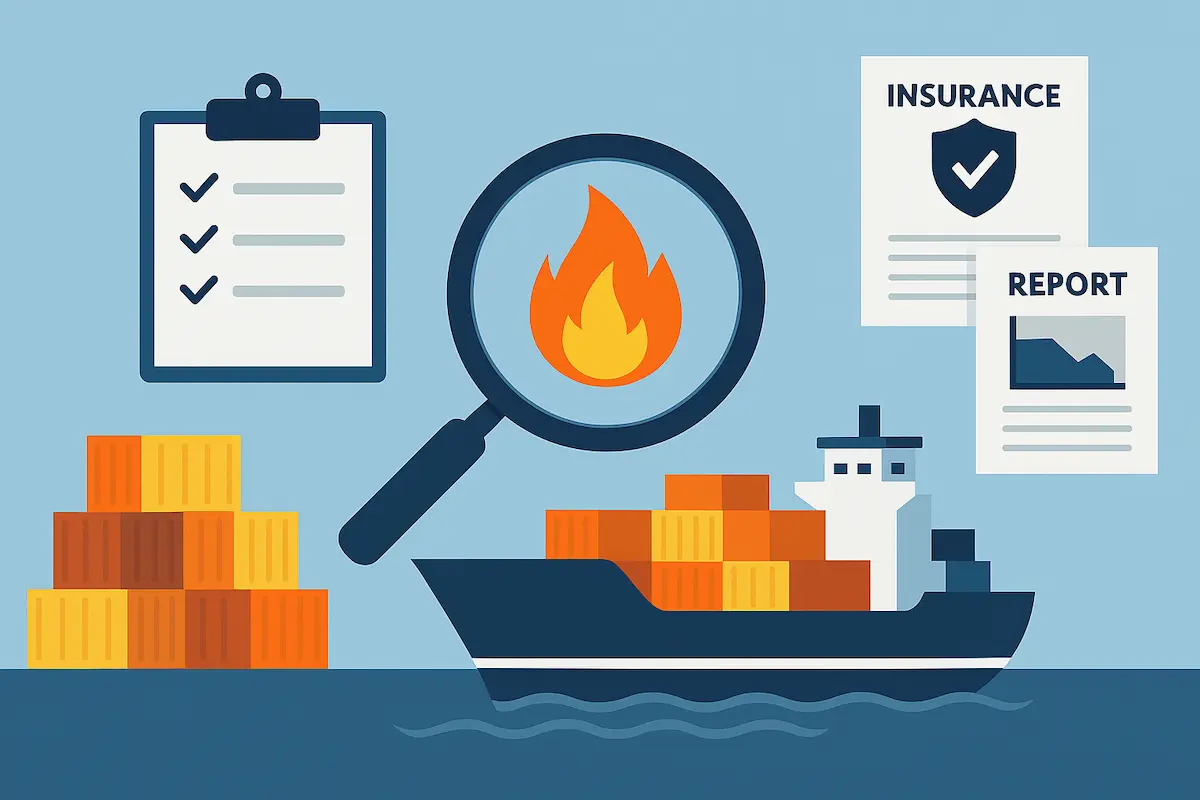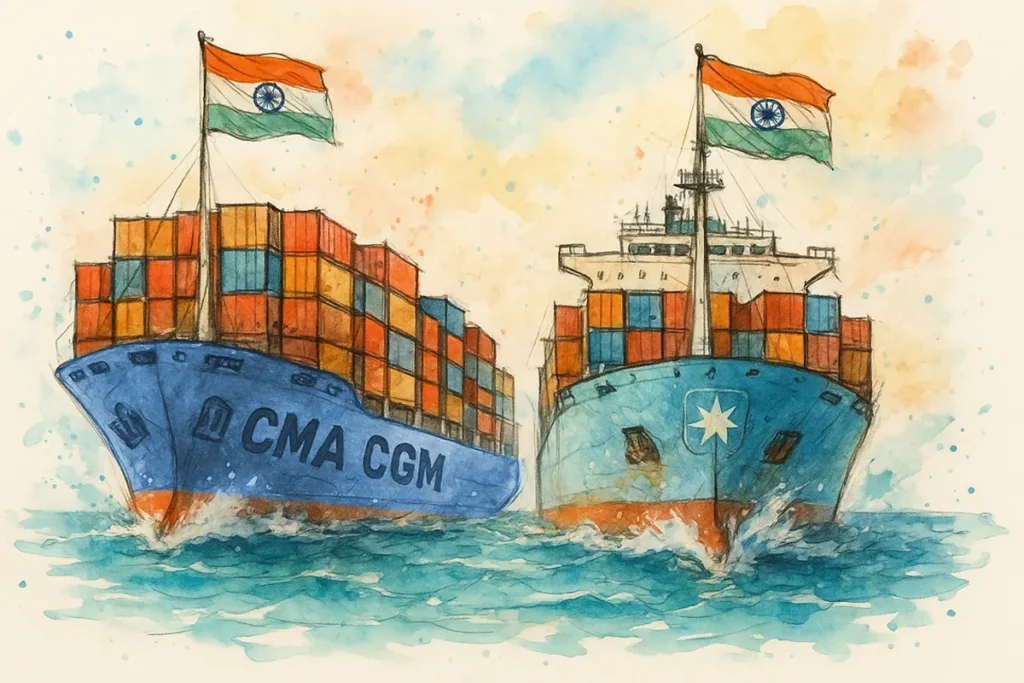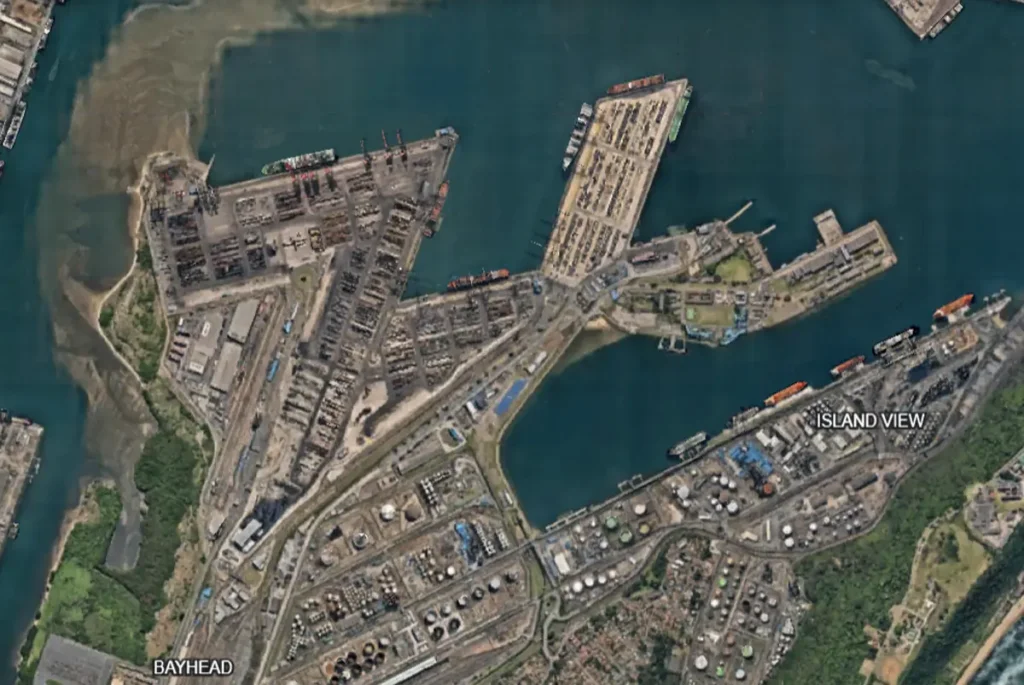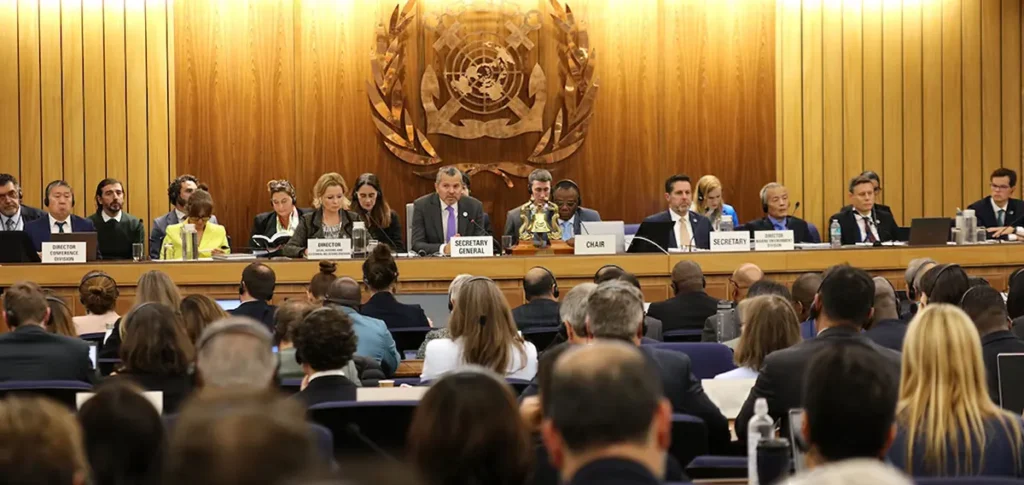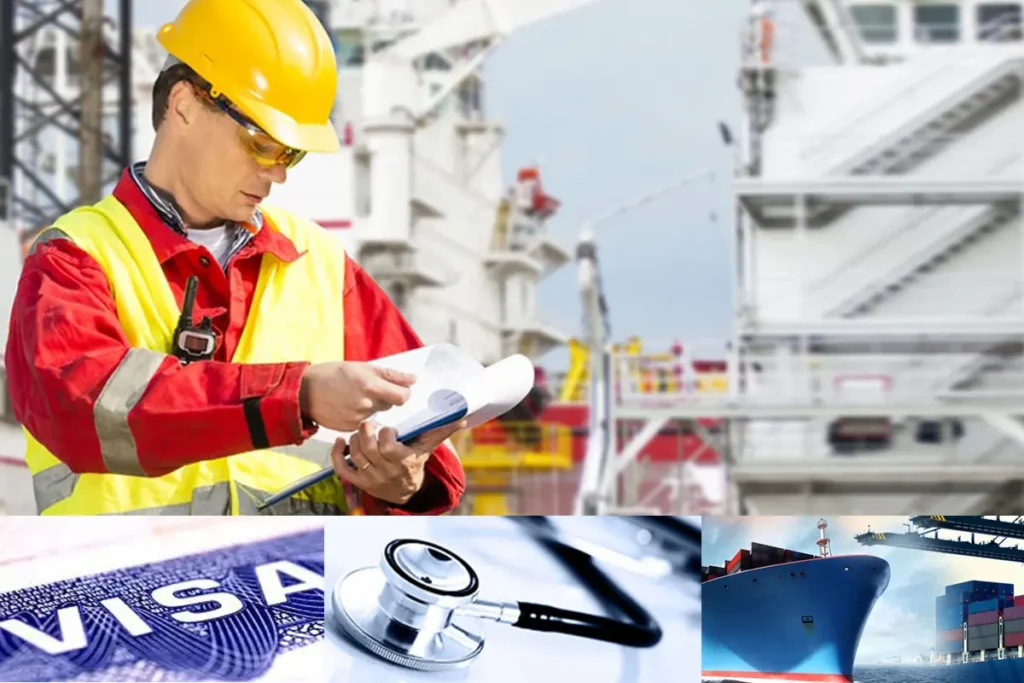Recent maritime incidents have shown that it is not only classified dangerous goods that pose serious risks to vessel and supply chain safety..
This conclusion is supported by insights drawn from multiple sources, including claims history of leading freight insurers, carriers, and data from the International Cargo Handling Co-ordination Association (ICHCA International) to the IMO, highlighting accidents involving dangerous cargo on ships and in port environments..
The Cargo Integrity Group — a coalition including TT Club, BIC, CINS, ICHCA, FIATA, and the World Shipping Council — has published a detailed list of 15 cargoes that pose disproportionate risks to safety and supply chain integrity..
These cargoes, often transported by sea, road, rail, and inland waterways, can cause fires, explosions, structural damage, environmental contamination, or even total loss — not because they are inherently hazardous, but because they are misunderstood, mispacked, misdeclared, or handled incorrectly..
🔥 Why the spotlight on these 15 cargoes..??
While not exhaustive, each item on this list has one thing in common — they have a track record of incidents, even though many are not strictly classified under the IMDG Code as dangerous goods.. This makes them even more dangerous, because shippers and handlers may underestimate the risks associated with heat, gas emissions, contamination, and chemical reactions..
The CIG has divided these 15 cargoes into categories of
Reactive Hazards – cargoes that are subject to dangerous goods regulations but can catch fire and cause significant damage and casualties under certain conditions..
- Charcoal / carbon
- Calcium Hypochlorite
- Lithium-ion batteries
- Cotton and wool
- Fishmeal and krill
- Seed cake
Spill or Leak Risks – cargoes that have the potential to cause physical harm to people in the case of spills or leaks, including those who are involved in cleaning up the spills, in addition to the environment..
- Hides and skins
- Wine
- Bitumen
- Cocoa butter
- Waste – recycled engines and engine parts
- Vegetable and other oils, particularly when packed in flexitanks
Improper Packing – cargoes that have inherent risks and can endanger personnel and damage surrounding cargo, containers, or infrastructure if not correctly packed or secured inside containers.. Poor packing practices have been linked to serious incidents both at sea and on land — including vessel fires, truck rollovers, and even train derailments..
- Logs and timber
- Steel Coils
- Marble and granite
📘Additional Guidance
As per a website statement, in the coming months, the Cargo Integrity Group will publish additional guidance on the identification and safe handling of these cargoes.
“The combined experience of our organisations has been harnessed to identify these categories and result in pin-pointing some commodities where the risks are perhaps less obvious,” says Peregrine Storrs-Fox, Risk Management Director, TT Club.
“While the potential dangers of transporting, for example, calcium hypochlorite or lithium-ion batteries might be more widely appreciated, the combustible qualities of seed cake or the hazards associated with cocoa butter or vegetable oils, will be less well-known.” added Storrs-Fox
“Every actor in the global container supply chain is responsible for the health and safety of not only their own people, but also of those at any onward stage of the container’s journey. Complying with regulations and following the advice in the CTU Code saves lives, and we appeal to everyone shipping, packing and handling commodities that fall within the categories of these Cargoes of Concern to be particularly diligent,” comments Lars Kjaer, Senior Vice President, World Shipping Council.
The list is informed by multiple sources, including TT Club’s freight insurance claims data, incident reports compiled by CINS from its member lines, and a submission by ICHCA to the IMO detailing accidents involving dangerous goods on ships and in ports..
✅ Suggested plan of action
To prevent future disasters and improve cargo safety, CIG is calling on the industry to:
- Educate shippers and forwarders about cargo-specific risks — even beyond what the IMDG Code requires..
- Use safety data sheets (SDS) more rigorously for all cargo types with known reactivity, emission, or combustion characteristics..
- Improve packing practices in line with the CTU Code — especially for cargoes prone to movement, leakage, or chemical reaction..
- Enhance cross-sector collaboration, including customs, ports, shipping lines, insurers, and inland logistics providers..
- Promote cargo integrity as a shared responsibility — not just that of the shipper or carrier..
As a group committed to enhancing safety, security, and environmental standards across the containerised supply chain, the CIG’s objective is to promote greater awareness and adoption of the IMO/ILO/UNECE CTU Code — the global standard for the safe packing of cargo transport units..
To support this goal, the Group has produced a Quick Guide to the CTU Code, along with a practical Checklist outlining key actions and responsibilities for those involved in packing freight containers..
🧭 What you can do — today
For shippers, consignees, ports, logistics service providers and transporters, cargo integrity starts with due diligence and continues through every link in the chain:
- Question any unusual cargo declaration — especially if pricing, weight, or packaging seems off..
- Request MSDS or hazard profile if you suspect reactivity, heat risk, or contamination potential..
- Train staff at all levels on cargo-specific risks, not just general DG handling..
- Invest in damage sensors, temperature monitoring, and automated alert systems where necessary..
- Adopt and enforce the IMO/ILO/UNECE CTU Code in packing, inspection, and audit processes..
At Shipping and Freight Resource, we fully support the Cargo Integrity Group’s mission and encourage industry leaders to take proactive action on these 15 cargoes of concern..
A safer supply chain is not just a regulatory obligation — it is a commercial and human imperative..
✉️ Got a real-world story or solution to share..?? Contact us to feature your insight in our next cargo safety spotlight..

